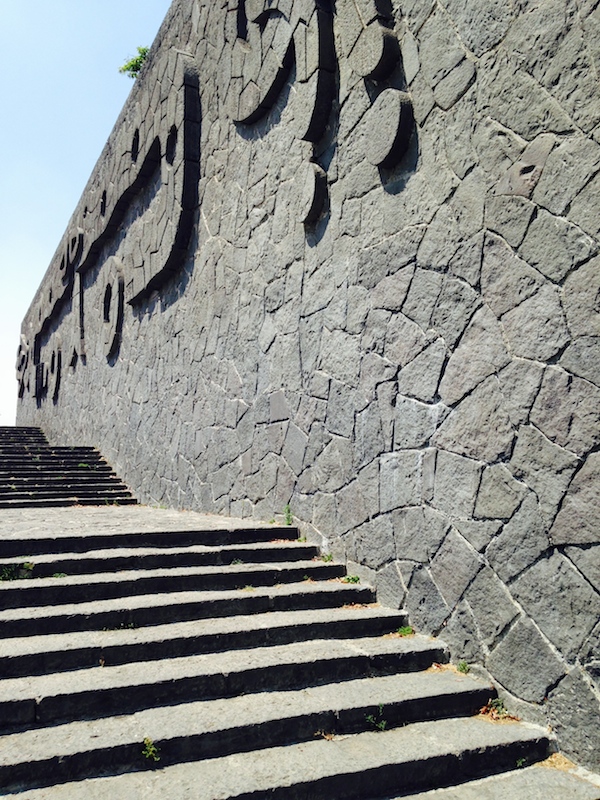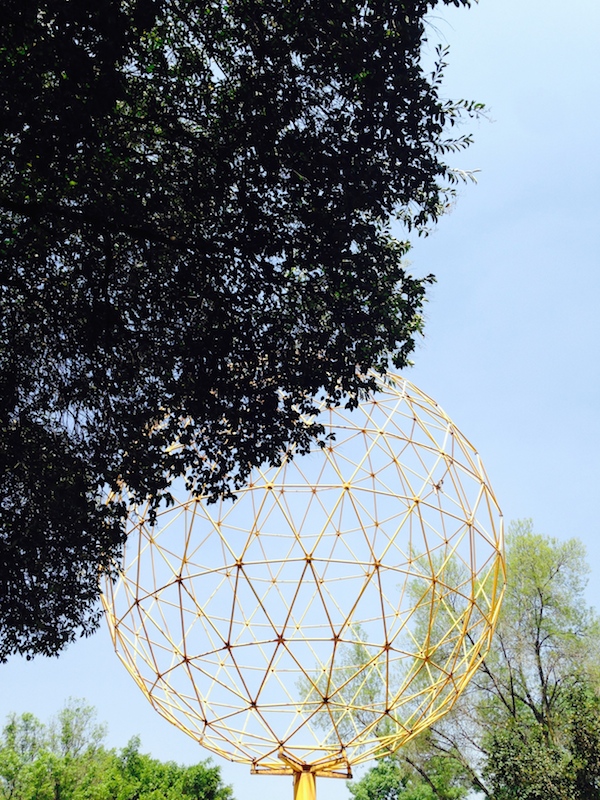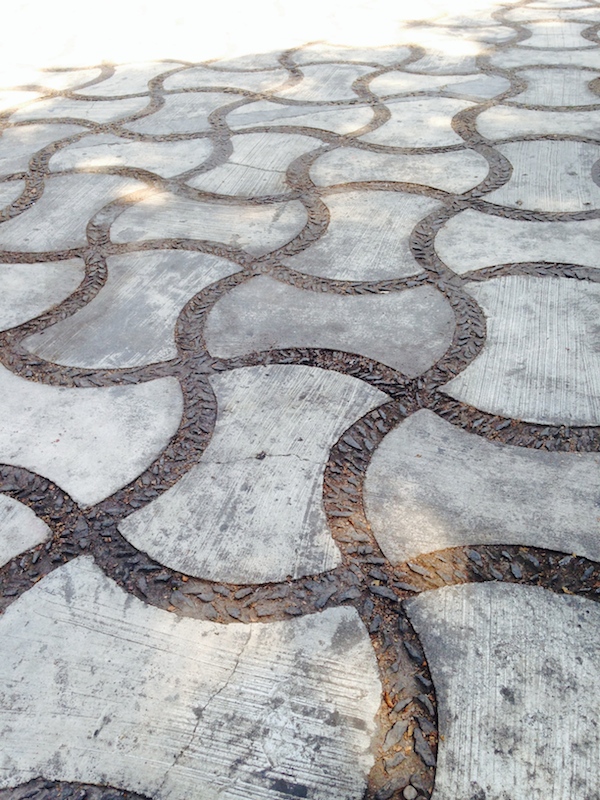Portfolio | UNAM

The University City campus of the Universidad Nacional Autonoma de Mexico (UNAM) was built in Coyocan, in the southern part of Mexico City, in the early 1950s. It opened in 1954 and in 2007 was declared a UNESCO World Heritage site. The buildings on the campus were designed by Mario Pani (whose CUPA housing project I posted last week), along with Juan O’Gorman, Felix Candela, Enrique del Moral, Domingo García Ramos, Armando Franco Rovira, Ernesto Gómez Gallardo; the murals were designed by Diego Rivera and David Alfaro Siqueiros. It is a stunning site in multiple senses: huge but intricate, repetitive but quirky. We visited on a hot, sunny day in March and had to scurry around the edges of the vast, flat lawn in the middle. The circulation, via shaded paths and smaller courtyards, pushes most people around the edges except for ceremony (or protest). The enormity of the open space offered its own kind of anonymity: in many parks in Mexico City we happened upon couples necking in odd corners. At UNAM, a few were doing so out in the open, apparently feeling the scale as a kind of cover.

The opening date of 1954 is particularly interesting to me. The North American campus to which I think UNAM most closely relates is the General Motors Technical Center by Eero Saarinen, which began to open the same year. There, instead of a flat hot lawn, the empty center is filled with a lake with dancing waterworks. To give it height, Saarinen added a tear drop-shaped water tower; UNAM has the much smaller yellow openwork sculpture shown below. To give it curves Saarinen added a dome; UNAM has vaults and roofs designed in concrete by Candela. Saarinen specified end walls in various brilliantly-enameled bricks; UNAM had the murals, painted, sculpted, tiled, by the country’s best artists, which serve as their own kind of beacons, and add an even more refined level of detail. At GMTC, the only design of the same delicacy is Harry Bertoia’s cafeteria screen. The murals are stunning at a distance, and one is willing to walk great lengths to get closer to them. But when you reach the buildings they are still high over your head, pitched at the masses crisscrossing the campus. You can actually “see” many of them better when they are brought close through photography. The murals by O’Gorman on the library, at the top of this post, for example, are often used to represent all of the University City. On site, they do not dominate.

Other details noticed and appreciated: different textured pavements, curvy benches in a squared-off courtyard, shimmering monochrome tiles, touches of paint, like the bright blue on the architecture school. It is easy to photograph UNAM as a classic alienated modernist scene, and indeed, some of the classroom buildings read as endless. But it isn’t all, or even mostly, like that. And the endlessness relates it to many other complexes of the period, when the Beaux Arts axis was abandoned, and architects northern and southern tried to demonstrate their ambitions for the new era through different combinations of long lines, featured curves, and artistic explosions.










On X
Follow @LangeAlexandraOn Instagram
Featured articles
CityLab
New York Times
New Angle: Voice
Getting Curious with Jonathan Van Ness